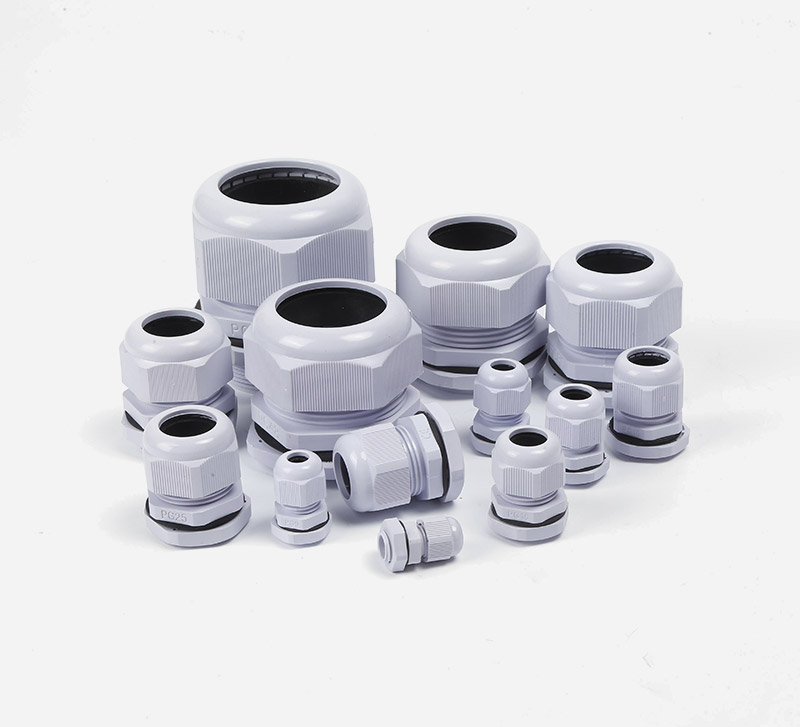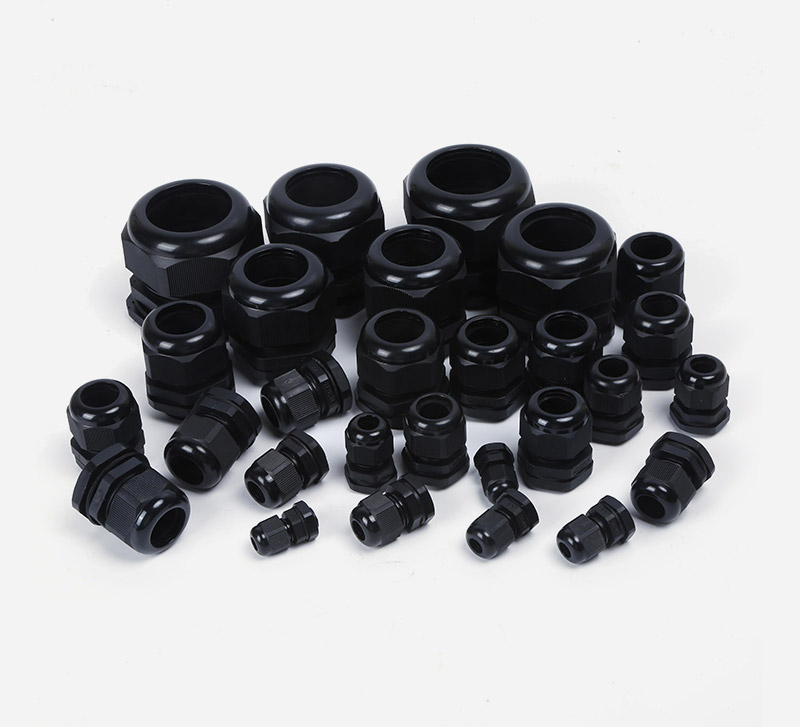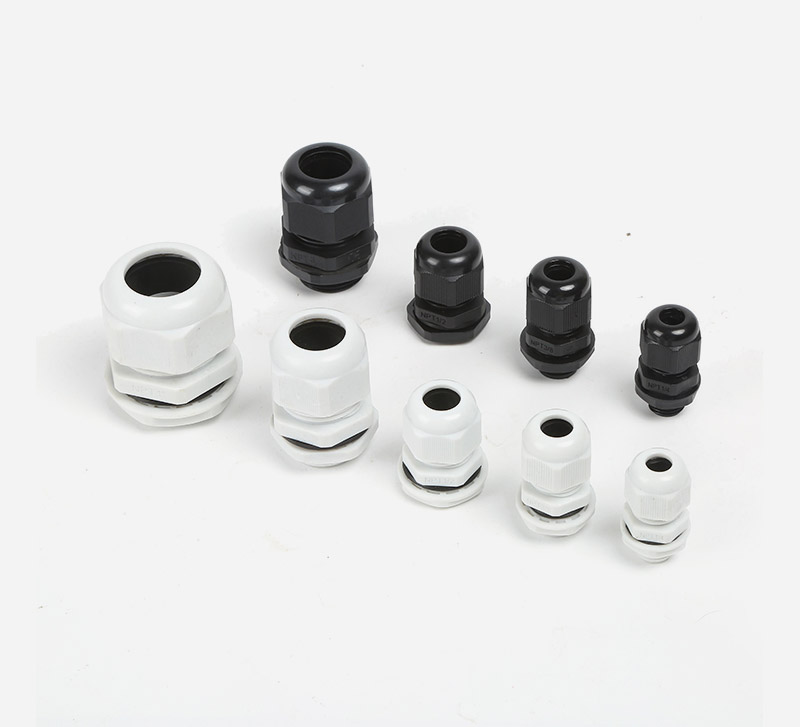how to calculate gland size for cable?
Learn how to accurately calculate cable gland size for armored and unarmored cables. Includes step-by-step instructions, measurement tips, and industry standards (IEC 62444) to ensure proper sealing and strain relief. To calculate the appropriate gland size for a cable, follow these structured steps:
1. Identify Cable Type and Construction
• Armored vs. Unarmored: Determine if the cable has armor (e.g., steel wire armoring) which requires a gland designed to clamp the armor for grounding and strain relief.
• Number of Cores: Multi-core cables have larger diameters than single-core cables of the same cross-sectional area.
• Material and Environment: Consider environmental factors (corrosion, temperature) to select gland material (brass, stainless steel, plastic).
2. Measure Cable Dimensions
• Outer Diameter (OD): Use calipers to measure the cable’s OD accurately. For armored cables, measure both the overall OD (over armor) and the inner sheath OD (under armor).
• Armor Diameter: If applicable, measure the diameter of the armor layer separately.
3. Select Gland Type
• Armored Glands: Required for armored cables to grip the armor.
• Unarmored Glands: Suitable for standard cables without armor.
• IP Rating and Material: Choose based on environmental needs (e.g., IP68 for waterproofing, stainless steel for corrosive environments).
4. Refer to Manufacturer’s Gland Size Chart
• Match the measured cable OD to the gland’s specified range (e.g., a gland rated for 12–18mm OD accommodates a 15mm cable).
• For armored cables, ensure compatibility with both the armor and inner sheath diameters.
5. Verify Thread Specifications
• Thread Type: Match the gland’s thread (e.g., M20 metric, PG13.5, NPT) to the equipment’s entry point.
• Thread Size: Larger cables typically require larger thread sizes (e.g., M16 for ≤12mm, M20 for ≤18mm), but consult manufacturer charts.
6. Additional Considerations
• Standards Compliance: Follow industry standards (e.g., IEC 62444) and manufacturer guidelines.
• Sealing and Strain Relief: Ensure the gland provides adequate compression without damaging the cable.
Example Workflow:
• Cable: 3-core armored, 2.5mm² cores, OD = 15mm (over armor).
• Gland Selection: Armored gland with OD range 12–18mm, thread size M20, and material suitable for the environment.
Key Takeaways:
• Always use cable glands manufacturer specific sizing charts for accuracy.
• Incorrect sizing can lead to sealing failures or cable damage.
• When in doubt, consult supplier specifications or technical support.
This method ensures proper sealing, strain relief, and compatibility with both the cable and equipment.







